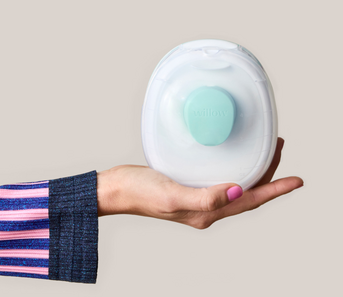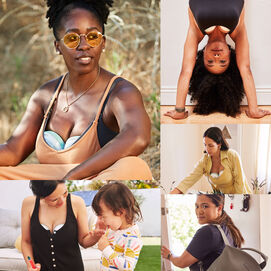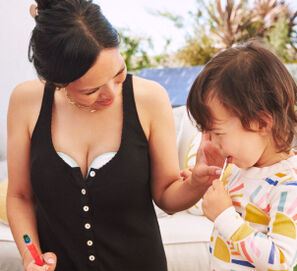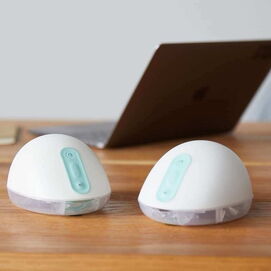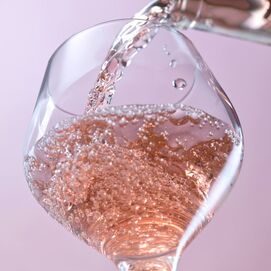File this one under: Things you never know you’d be talking about until you decided to breastfeed. We sent out a parenting bat signal on our Instagram account to ask you, “What are the top 3 things you would tell your friend who is expecting to put on their registry?” and one of the things that bubbled to the top on the majority of your responses was: a lactation massager. Here is a breakdown of what that is, how they work and why they can help you troubleshoot some of the most common breastfeeding issues.
Keep reading to learn more about how lactation massagers can be a huge help for you.
How Do Lactation Massagers Work?
A lactation massager is a small, handheld device that uses vibration and, in some cases, heat to stimulate the breast tissue and break up clogs. Typically made from silicone, these palm-sized massagers can be helpful to relieve clogged milk ducts (aka the thing every mom is worried about because… mastitis), relieving engorgement, and helping with milk let-down.
LaVie Warming Lactation Massager
LaVie Warming Lactation Massager
With LaVie, you'll say hello to improved milk flow, quicker pumping sessions, more effective emptying during pumping and nursing, and clogged duct prevention.
How a Lactation Massager Can Help With Clogged Ducts
A blocked or “clogged milk duct” during breastfeeding can be painful, disrupt your breastfeeding flow and can led to infection or mastitis. Using a lactation massager can help alleviate and prevent this pain.
Here’s how you can use a lactation massager to help your clogged ducts:
- Warm up your breast first. It’s a great idea to warm up your breast and the area that’s causing you pain first. You can do this by applying gentle heat or taking a hot shower to heat up your skin.
- Turn on your massager and choose your setting. Using the stimulation and vibration of the massager, gently apply pressure to those areas that you feel are clogged or where the milk is not moving freely.
- Empty the breast often. Try to breastfeed your baby on the side that’s causing you trouble (we know, it can be hard if you’re in pain!) and if you’re still experiencing pain, pump on that side until it feels relieved.



